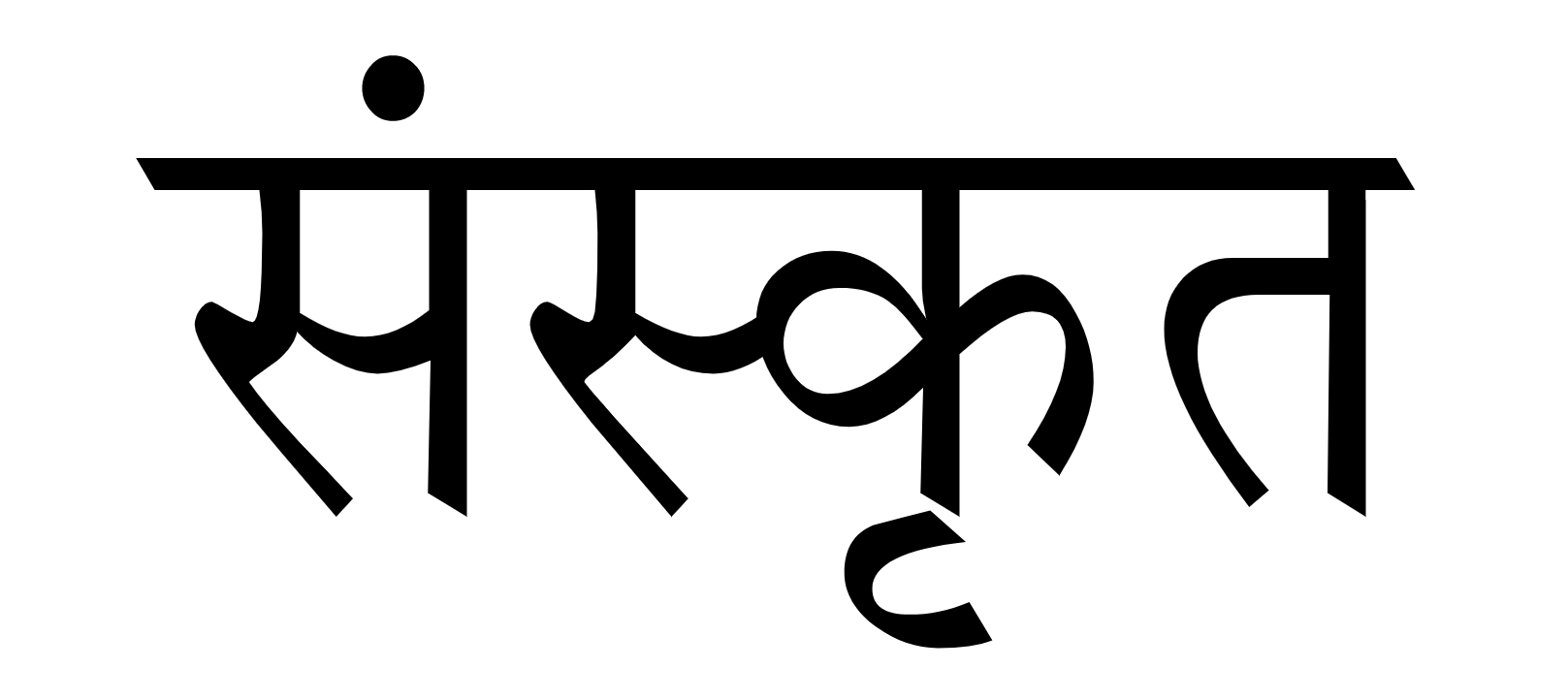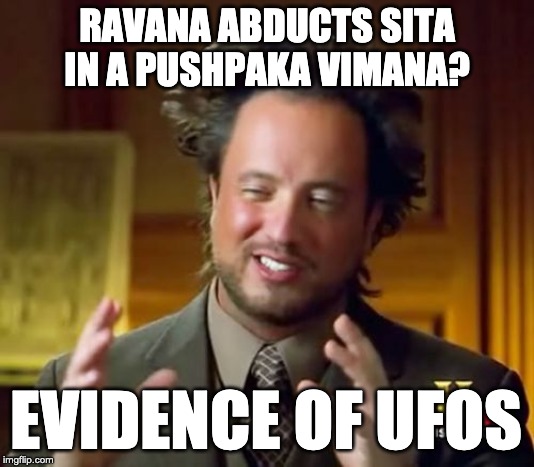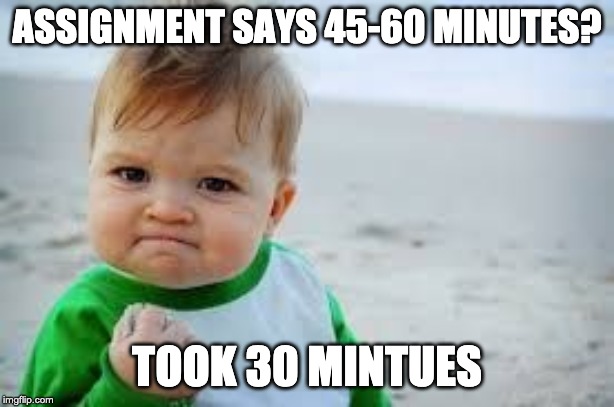Once upon a time, in a body that works just like yours, there were a group of
cells happily living and growing and dividing all together.
"How nice our lives are," the cells bubbled together. "We just follow our programming and we even get told when to die! Oh, speaking of when to die, hey
apoptotic signal! We were just talking about you!"
"Hello, cells," the apoptotic signal greeted them. "It
is my job to tell you when it is time to make room for new cells! You all have very important jobs, but it's also important for the survival of the whole body that you make room for new cells."
On the edge of the group of cells, a
carcinoma cell thought to itself, "I don't want to die! I want to grow and divide faster than I do now! When the others are going to be killed, I am going to escape and continue to grow and divide because I shouldn't have to die if I don't want to."
So, when the time came for all the cells to undergo apoptosis and make room for new cells, the carcinoma cell executed its plan and escaped its death.
"Now I can divide as much as I want," the carcinoma cell exclaimed. And the carcinoma cell duplicated itself many, many, many times, until there were so many of the carcinoma cell, that the apoptotic signal noticed them. Knowing that the carcinoma cell was too strong to kill without any help, the apoptotic signal went to the
T cell and begged for its help.
But, the carcinoma had seen the apoptotic signal go to the T cell, and knew that it was too strong for the apoptotic signal to kill it alone. So the carcinoma cell watched the T cell go to work, so that the carcinoma cell could outsmart it.
As the carcinoma cell secretly watched, the T cell came upon a nervous cell, and looked at a very small part of the cell's shell. The cell was shaking as the T cell latched onto the cell and exclaimed, "You're sick!"
Then, in quick succession, the T cell released a few chemicals to go and kill the sick cell. In only a moments, the sick cell was a dead cell.
The carcinoma cell quickly realized that it was only after the T cell reviewed a part of the sick cell's shell that the T cell knew to kill the cell. "If I can make myself
look like a normal cell," the carcinoma cell thought, "then maybe I can trick the T cell into letting me go!"
As quick as it could, the carcinoma cell changed the format of every single copy of itself so that all had the same part as a normal cell. When the T cell finally found the carcinoma cell with the apoptotic signal close behind, the T cell looked at that specific part. The T cell looked very closely over the carcinoma cell, but, after a while, decided that it was close enough to normal and that there was nothing that it could do.
"Looks fine to me," said the T cell.
"B-... Bu-... But that can't be! I
know that it's not meant to be there," the apoptotic signal stuttered. "The carcinoma cell will ruin the whole body!"
But the carcinoma cell had gone right back to dividing rapidly, not listening at all to the apoptotic signal. It grew and grew and grew and grew, until no other cells had any room for them to grow! But still the carcinoma cell kept growing. Until finally, the carcinoma cell was so big that no other cells could even move around it. Now, the carcinoma cell wasn't just hurting other cells; it was hurting the body. The body became sicker and sicker until it couldn't support itself anymore.
The carcinoma cell, in its own selfish desires, ultimately brought its own downfall.
-----
Author's Note: Phew! First story done! I wanted to play around with the story about the Monkey Who Gathered Lotus, because I like how both of the main character's worked to outsmart and defeat the other. I also wanted to incorporate my science background into this story and explain a tough concept (the immune system response to cancerous cells) in an easy-to-comprehend way! I really enjoyed the fun contrasting dynamic between a children's book style of writing with the scientific labels for the molecules that were my characters. I had to change the story around though, making the Bodhisatta's equivalent character (the carcinoma cell) into the 'bad guy' and the Devadatta's character (the apoptotic signal) into the 'good guy.' This also changed the lesson of the story from "Work hard and be good" to "Don't be too selfish," but I think it worked. I also had to oversimplify slightly for the story such as combining the two types of T cells into one character. (Normally, a helper T cell notices the cancer and a cytotoxic T cell kills the cell.) Overall, I am happy with this first story and I know that I will get better as the semester progresses!
Vaga-Buon Voyage!
Images:
Figure 1: Cartoon drawing of a normal cell next to a carcinoma cell with description of the carcinoma cell in green: YouTube
Figure 2: Cartoon drawing of a Helper T Cell:
Growing and Developing Healthy Relationships
Bibliography:
Chalmers, Robert. "The Monkey Who Gathered Lotuses" Tayodhamma Jataka, Jataka Volume 1.
https://sacred-texts.com/bud/j1/j1061.htm
























